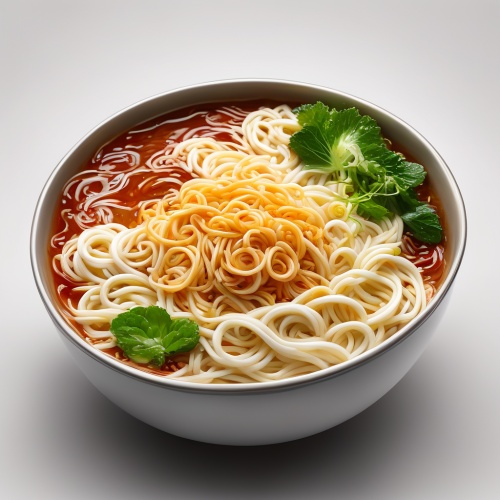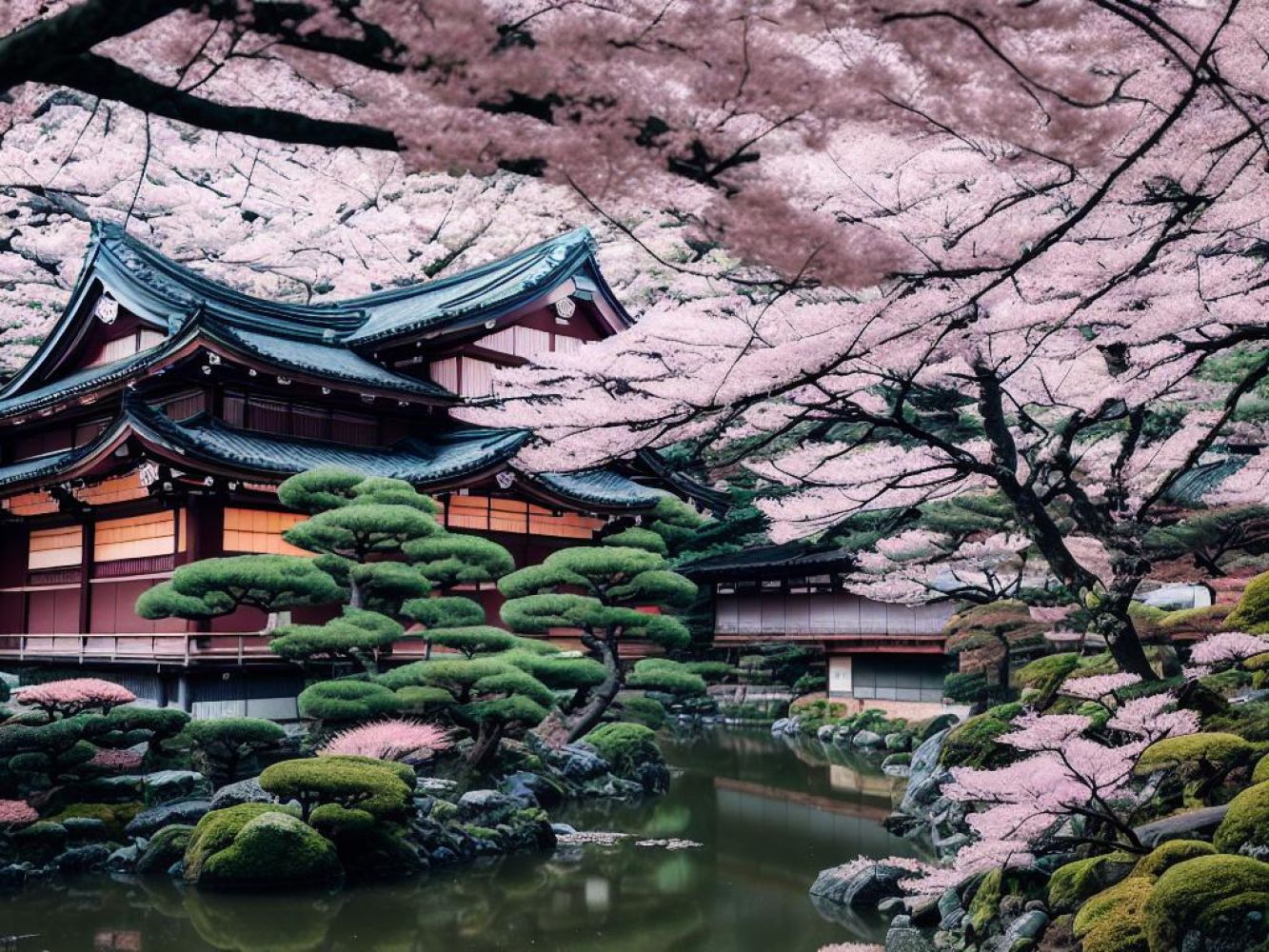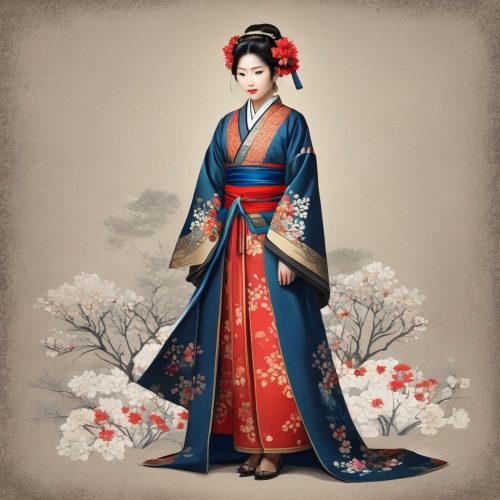Understand
On September 1, 1917, Hachioji was officially recognized as a city, marking a significant milestone in its history. Over the years, this city has flourished and transformed into a vibrant hub of culture and community. Today, Hachioji boasts a population of approximately 550,000 residents, who contribute to the city's dynamic energy and rich heritage. With its blend of tradition and modernity, Hachioji offers visitors a fascinating glimpse into the heart and soul of Japan.
Map & Climate
Popular Foods
 Sushi: Sushi is a traditional Japanese dish consisting of vinegared rice served with various toppings, typically fish or seafood. The rice is usually accompanied by a small piece of nori (seaweed) and sometimes features a dab of wasabi, pickled ginger, or soy sauce. There are many variations, including nigiri (hand-pressed sushi), maki (rolled sushi), and sashimi (slices of raw fish).
Sushi: Sushi is a traditional Japanese dish consisting of vinegared rice served with various toppings, typically fish or seafood. The rice is usually accompanied by a small piece of nori (seaweed) and sometimes features a dab of wasabi, pickled ginger, or soy sauce. There are many variations, including nigiri (hand-pressed sushi), maki (rolled sushi), and sashimi (slices of raw fish). Ramen: Ramen is a widely popular soup dish in Japan that includes Chinese-style wheat noodles served in a meat or fish-based broth. It is often garnished with ingredients such as pork, dried seaweed, menma (fermented soybean paste), scallions, and miso paste. The dish can be found in various styles, including tonkotsu (pork bone broth), shoyu (soy sauce broth), and miso.
Ramen: Ramen is a widely popular soup dish in Japan that includes Chinese-style wheat noodles served in a meat or fish-based broth. It is often garnished with ingredients such as pork, dried seaweed, menma (fermented soybean paste), scallions, and miso paste. The dish can be found in various styles, including tonkotsu (pork bone broth), shoyu (soy sauce broth), and miso. Tempura: Tempura is a deep-fried dish where seafood, vegetables, or mushrooms are battered and then cooked in hot oil. The light, crispy batter turns golden brown and creates a contrast with the soft textures of the ingredients inside. Traditional tempura elements include shrimp, sweet potato, pumpkin, spinach, and green beans. It is typically served with a dipping sauce made from soy sauce, Mirin, and dashi.
Tempura: Tempura is a deep-fried dish where seafood, vegetables, or mushrooms are battered and then cooked in hot oil. The light, crispy batter turns golden brown and creates a contrast with the soft textures of the ingredients inside. Traditional tempura elements include shrimp, sweet potato, pumpkin, spinach, and green beans. It is typically served with a dipping sauce made from soy sauce, Mirin, and dashi.




Comments
NO COMMENTS